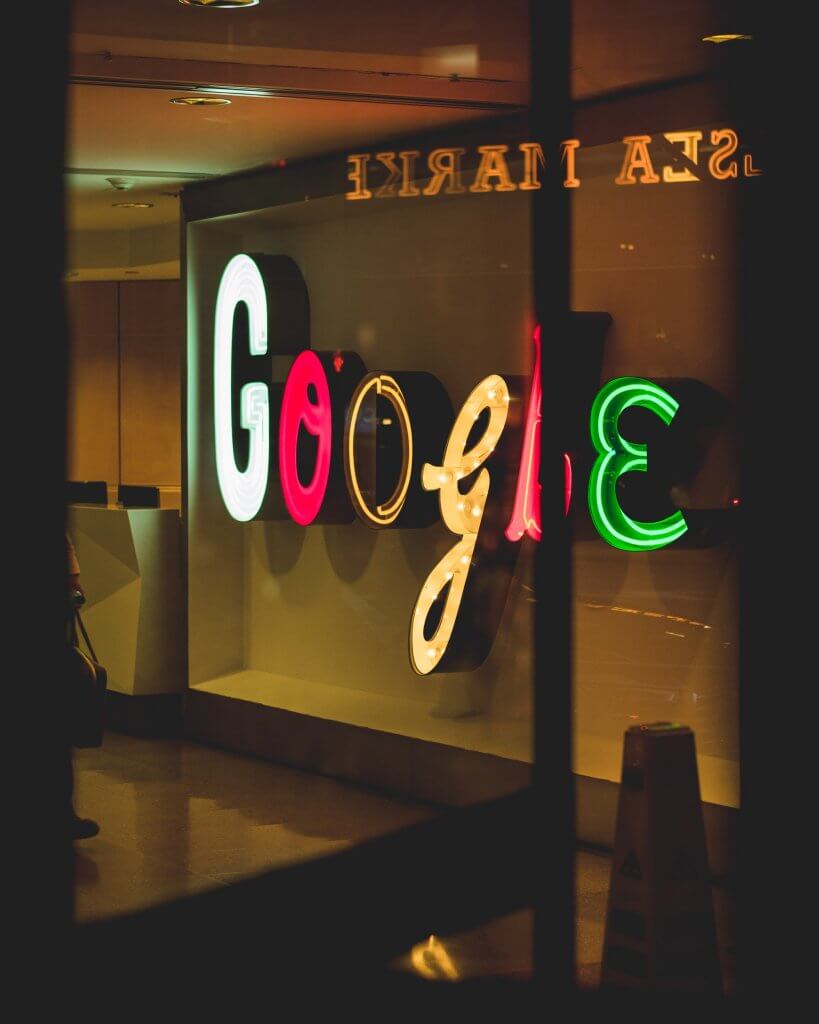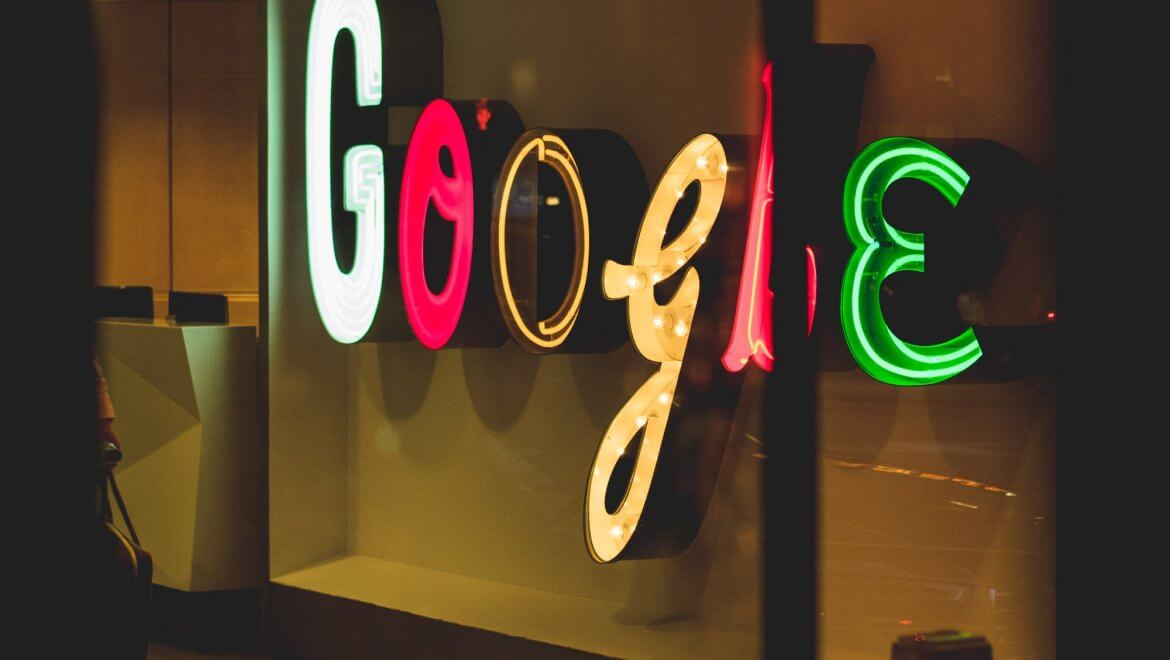Chrome impacted Google Fonts and in consequence, millions of websites. It was a powerful earthquake in the fonts world.

The change to Chrome browser took place in October 2020. It affected the performance of Google Fonts for millions of websites.
It is a massive headache for both Google and us, the website owners.
What is a browser cache system and which is his role?
Browser cache is a smart solution that browsers use so we can access faster web files.
With no cache, the browser would load every time all these files.
You might think that we have 5G and strong internet connection, and cache is not important, but this not actually accurate.
Most of the world hasn’t such a good internet connection.
And in plus, search engines penalize websites that are slow loading.
So, cache is extremely important as it heavily decreases the loading time for a website.
There are 2 downsides of cache:
- The first is that you might see an older version of the website. From time to time, hit the refresh button to be sure that you see the latest version.
- From a security point of view, cache is not the best as the files were shared from your cache for different websites.
If an image was already in your cache and you visit a new website with the same image, Chrome gets it from your cache.
This result in web attacks and all kind of bad stuff.
What about Google Chrome New Cache Partitioning?
Chrome 86 was released in October 2020 and this new version came with an entire new caching system.
Before this update, Chrome was using a big cache for all websites (sharing files from different websites – it is one of the cache downsides).
Now Google instead uses a portioned Chrome cache. That means that each website will have its own “cache”.
They did it to increase security, and this move for sure stopped already thousands of web attacks.
But this move affected the performance of web services designed around the old cache system.
One such web service is Google Fonts, a web portal launched in 2010.
The service allows website owners to load any font hosted on Google servers by writing a single line of JavaScript or CSS code.
According to BuiltWith web statistics service, Google Fonts are currently used on over 42.7 million websites.
Now just imagine the impact of new Chrome cache partitioning feature.
What should you do?
Simon Wicki, a popular frontend developer from Berlin, wrote in a blog post this week that Chrome 86 made Google Fonts completely useless.
This happened beecause the cache system will force users to re-download all the fonts that each website, they visit use.
To help your website visitors, you should to self-host custom fonts directly on your server, or hosting provider.
In my opinion, hosting providers will probably use this solution for all their users. Let’s see if I am right.
The idea of self-host fonts is not new, it was discussed quite often in 2018 by several web developers and even by Google in I/O 2018 talk.
Conclusions
Nobody expected such a bold move from Google. Chrome new cache partitioning heavily impacted Google Fonts performance and even more. It might destroy it.
Probably Google team projected this huge impact and they will soon come with a solution. At least this what the 42.7 million websites that use Google fonts hope.
We will continue the discussion of this subject on WhatFontIs blog.



